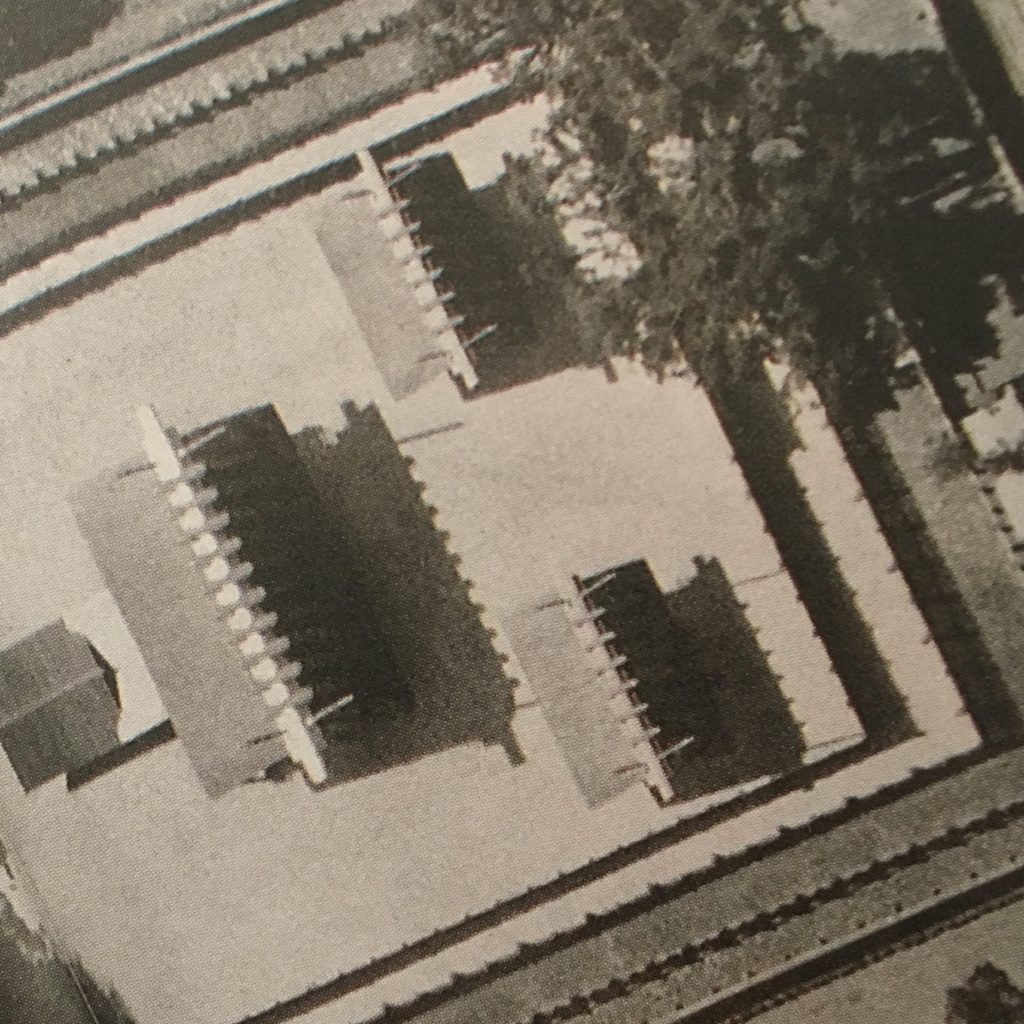The irony of ruins that shall be preserved forever is in stark contrast with the deeply ingrained Japanese understanding of the impermanence of things, the circle of life, the passing of moments, most visibly embodied by the yearly bloom cycle of the cherry blossoms and the continuous rebuilding of the Ise Grand Shrine, which has been identically reconstructed every 20 years since 692.
Sixty-two times this wooden shrine has been remade in an elaborate ceremony, with identical materials and unchanged building techniques, on alternating adjacent plots of land. And every time, five years in advance, carpenters start preparing the hinoki cypress wood.
Monuments are usually built and erected with durable materials designed to last generations. In contrast, the Ise shrine is forever rebuilt. One looks at the shrine, knowing it is not the same. It is forever new and forever ancient simultaneously, born and reborn from parent to child, from child to grandchild, a continuous, unbroken line across generations.
And then there is the truth of Japan’s geology, on the crossroads of shifting tectonic plates in the Pacific Ring of Fire. Every day could be our last. The next one could be the big one. And the cherry blossoms return, forever impermanent.
/// #image_by_image is an ongoing conversation between photographers Ivan Sigal and Anton Kusters. @ivansigal and @antonkusters on Instagram ///
